Programme farmers have been taking advantage of the eventual improvement in weather from the end of last week with grazing and silage-making recommencing on several farms.
Average covers are well ahead of target as autumn grazing plans have essentially been shelved for the past month due to deteriorated ground conditions.
Several farmers are cutting and baling grass to bridge a gap in winter feed supply and reduce average farm cover in line with their target for the end of October.
On Monday, David Brady got his spring-calving herd back to grass full-time following two weeks of housing on his farm near Stradone, Co Cavan.
Cows were housed in two batches, with half the herd in a cubicle house 1km from the main farmyard, meaning some cows had a 4km walk each day along a laneway.
The layout of accommodation also means on/off grazing, where cows graze for a few hours and are then housed, is difficult to implement on David’s farm most of the time.
Dry-off
David was considering drying off first-lactation cows and some older cows last week.
However, the improvement in the weather means he will now keep milking the whole herd until cows are housed full-time for winter. Cows will then be dried off gradually and milking will be stopped by the week before Christmas.
Some wetter parts of the farm with heavy covers might not be grazed by cows unless the period of dry weather persists. Heifer calves could be used to graze off some of this grass and will have a lower risk of poaching. This will allow a reduced cover to be carried over the winter and will allow growth to start in the spring.
Average farm cover is 860kg DM/ha. In a normal year, I would be housing cows full-time for winter around the first week in November, with an average closing cover of 700kg DM/ha.
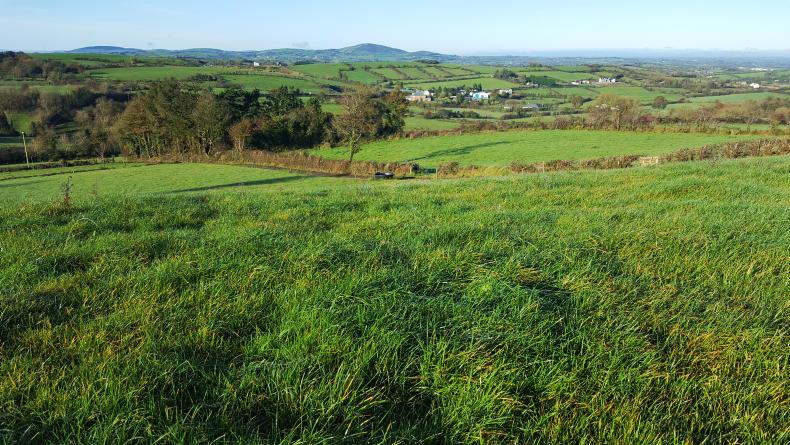
However, with cows getting back to grass on Monday, I will keep them at grass to get the average cover closer to the target. This all depends on ground conditions over the next week and heifer calves might come out of the house to graze off a few areas of heavy covers on ground that cannot carry cows at present.
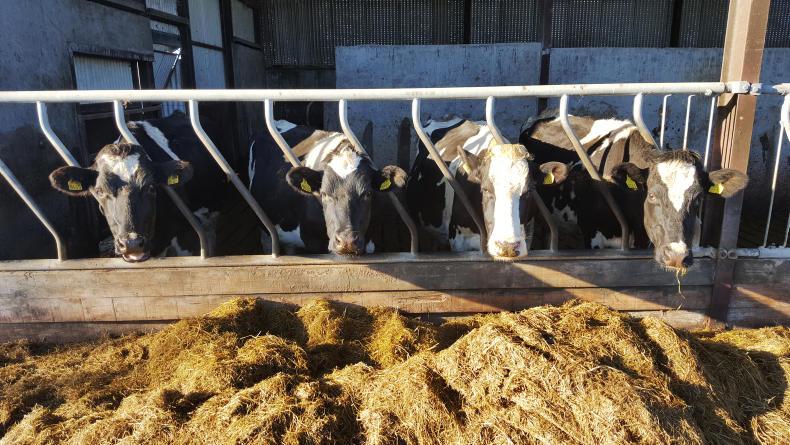 When cows go back into the house full-time for winter, I will dry off half the herd, including all first-lactation cows. This means the remaining milkers can be housed in the cubicle shed beside the parlour and the dry cows will be in the shed 1km away from the main yard.
When cows go back into the house full-time for winter, I will dry off half the herd, including all first-lactation cows. This means the remaining milkers can be housed in the cubicle shed beside the parlour and the dry cows will be in the shed 1km away from the main yard.
Yields have held well
Although cows have spent a lot more time in the house than I would have liked this autumn, yields have held up well. Protein has dropped back slightly to 3.81%, but this was to be expected with less grazed grass in the diet.
Heifer calves were weighed last week when they were through the crush to get their IBR booster vaccine and a dose for fluke and worms. There was a relatively small range in weights, with 28 calves averaging 217kg.
Calves have been housed for around three weeks and are on silage and 2kg of concentrates. Like last year, a few lighter calves will be penned separately this winter to receive extra meal and get to grass earlier in the spring.
There are 13 in-calf heifers housed at present and they are being trained to lie up in cubicles with tractor tyres covering the slats. A further nine in-calf heifers are still at grass.
Autumn farm walks in NI next week
The development of two farm businesses that have been participating in the Dairylink Ireland programme over the past three years will be discussed at on-farm open days next week.
The first event is being held on the farm of Nigel Corbett at Garvaghy Church Road, Banbridge, Co Down, BT32 3SB, on Tuesday 7 November.
Robin Clements is hosting a similar event on Thursday 9 November on his farm at Keenogue Road, Trillick, Co Tyrone, BT78 3NY. Both events run from 11am to 1pm.
The farm walks will focus on four key areas that have been central to the development of both businesses since joining the Dairylink programme in early 2015.
Interactive livestock demonstrations will be used to discuss breeding the optimal cow for each farm’s dairying system.
The talks will focus on a range of individual cows that are representative of what each farmer wants from their herd. A breakdown of the sales, costs and overall profit that each cow has contributed to the farm business will be given.
Demos will also be used to discuss heifer rearing to achieve 24-month calving. Groups of replacement heifers will be on display and weights and growth rates will be measured for each heifer.
Both farm businesses have invested in grazing infrastructure and soil fertility over the past three years. The costs and benefits of this will be broken down for both Nigel’s and Robin’s farms.
Finally, business planning and financial management for profitable milk production will be discussed and will focus on case studies from the two host farms.
The events are free to attend and everyone is welcome. For more information, email pmccann@farmersjournal.ie or call 0044-7709106567.








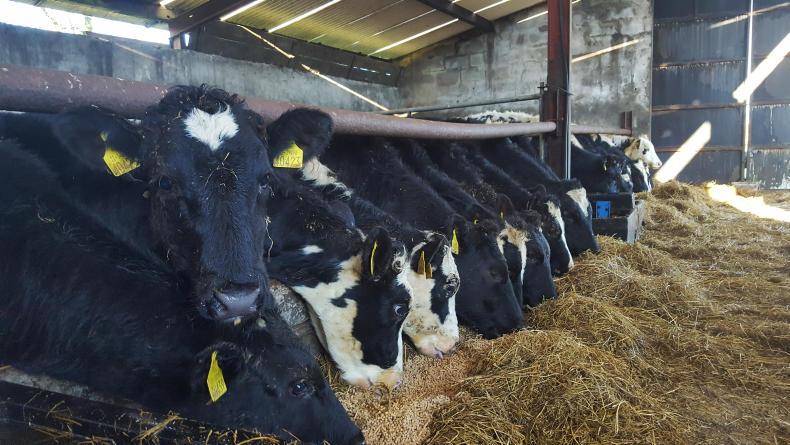
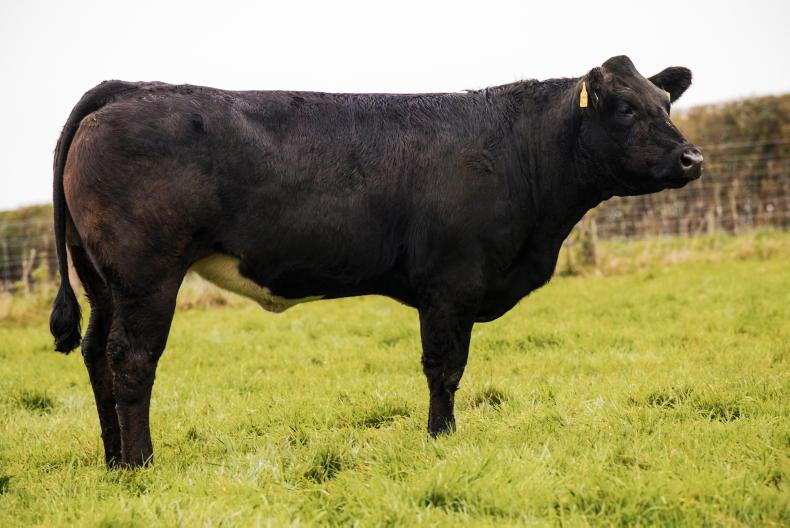

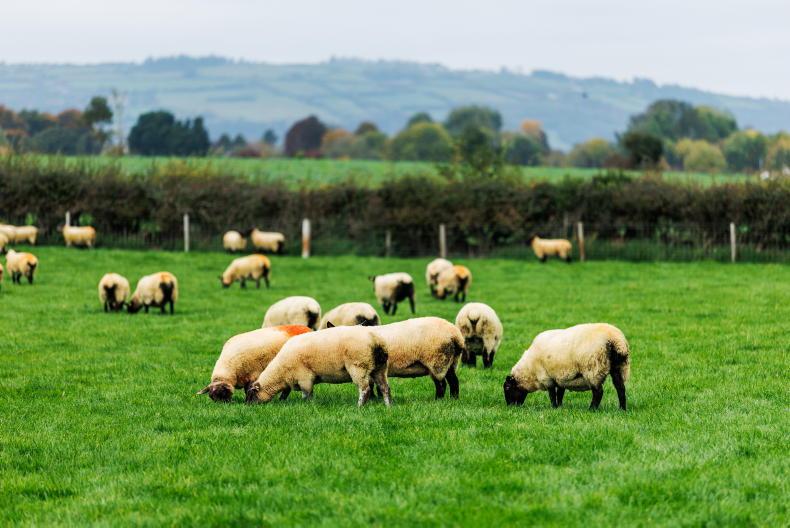
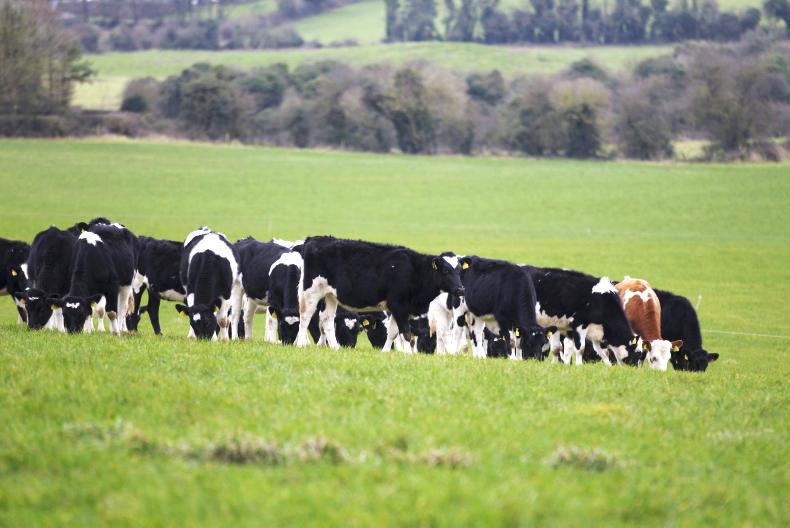

SHARING OPTIONS